Day trip to Cordoba from Seville
VISIT CORDOBA FROM SEVILLE
What to see in Cordoba?
Join us on a captivating journey on our day trip to Cordoba from Seville or other cities. Immerse yourself in the magic of this city, rich in Hispanic, Islamic, and Roman culture, through our specialized guided tour. Our local guides, passionate about history, will take you to iconic sites such as the impressive Mosque-Cathedral of Cordoba, the majestic Alcazar of the Christian Monarchs, and the charming Jewish quarter. Live an unforgettable experience!
In our exclusive private tour to Cordoba, you’ll not only explore monuments but also immerse yourself in authentic experiences. Delight in local cuisine at iconic places, discover typical craftsmanship, and be amazed as you stroll through the colorful and flowery Cordoban patios.
Enjoy our day trip to Cordoba in a day from Seville or any other city, embarking on a unique journey with our meticulously designed guided tour, led by our knowledgeable local guides who are familiar with the most fascinating corners.
Live an unforgettable experience as you explore the treasures of Cordoba. Book your private day trip now and enjoy an exclusive day tailored to your preferences in this city that has witnessed centuries of history and culture!
Remember, we can also organize your day trip to Cordoba from Granada, Malaga, or any other city in Spain.
Itinerary proposal for our Cordoba tour from Seville
Morning: Meeting and Departure from Seville or other cities (Malaga, Granada, or Ronda) • Start your day with a friendly meeting with our guide from the hotel or an agreed-upon point in your reservation from Seville or other cities. Board our comfortable vehicle and get ready for the adventure awaiting you in Cordoba. Stop 1: The Impressive Mosque-Cathedral of Cordoba • Upon arriving in Cordoba, we head directly to the Mosque-Cathedral. Immerse yourself in the astonishing architecture and rich history of this iconic monument as our local guide shares insightful information. Stop 2: Alcazar of the Christian Monarchs. Optional. • Continue our tour to the Alcazar of the Christian Monarchs. Explore its majestic gardens and delve into the historical intrigues housed in this palace. Enjoy breathtaking views from the towers. Optional entrance. Stop 3: Jewish Quarter and Cordoban Patios – UNESCO World Heritage Sites • Explore the charming Jewish Quarter, strolling through its historic alleys and reaching the famous Cordoban Patios before lunch. Immerse yourself in the beauty and tranquility of these patios adorned with flowers and plants. Lunch Break: Cordoban Flavors • After exploring the monuments and Cordoban Patios, enjoy free time for a traditional lunch at a local restaurant, experiencing authentic Cordoban cuisine. Afternoon: Additional Exploration and Free Time • After recharging, continue exploring the Jewish Quarter or take advantage of additional free time for shopping, enjoying coffee at a local terrace, or simply relaxing before the return journey. Return to Seville or Another Chosen Destination • Concluding this experience, we’ll prepare for the return to Seville, taking you back to your hotel with the satisfaction of having spent a full day exploring the treasures of Cordoba.
This itinerary can be adjusted according to your preferences, focusing on the iconic monuments and culminating in the exploration of the charming Cordoban Patios before returning to Seville. We hope you make the most of this experience in Cordoba!
*Our day trip to Cordoba from Seville can also be combined with a quick visit to Carmona, Medina Azahara, or Italica. Let us know your preferences, and we’ll adapt and design the tour that will make the experience unforgettable.
A bit of history you will discover on your day trip to Cordoba from Seville
Cordoba, a city majestically standing on the banks of the Guadalquivir River, is a living testament to centuries of history flowing like a river of intertwined chronicles. Founded in the 2nd century B.C. under the name Corduba in Roman times, its cobbled streets tell the story of a cultural melting pot.
Traces of the Roman era, palpable in its temples and amphitheaters, reveal Cordoba’s grandeur during the peak of the Roman Empire. However, with the fall of the empire, the city transformed during the Visigothic period, marking a slow pause before the arrival of new conquerors.
In the 8th century, during the splendor of Al-Andalus, Cordoba reached its zenith. Under the rule of Abd al-Rahman I, the city became the cultural and scientific jewel of Al-Andalus. The construction of the Mosque-Cathedral and the creation of the library by Al-Hakam II in the 10th century solidified its status as a center of knowledge.
The Christian Reconquest in 1236, led by Ferdinand III, introduced a new chapter in Cordoba’s history. The Mosque-Cathedral, a unique architectural example, symbolizes the fusion of Islamic and Christian styles during this transitional period.
Subsequent centuries brought highs and lows, from opulence to decline. In the 20th century, the Mosque-Cathedral was declared a UNESCO World Heritage Site, highlighting Cordoba’s relevance in world history and its ability to rise from the ashes.
Today, Cordoba presents itself as a mosaic of intertwined stories. Cobbled alleys, millennia-old walls, and Cordoban Patios dating back to the 15th century invite every visitor to get lost in the centuries and discover the secrets whispered by the stones of this extraordinary city.
*Let us share a bit of history about the towns or optional visits you can add to this tour from Seville:
- Medina Azahara, also known as the Shining City, is an archaeological site located on the outskirts of Cordoba, Spain. Its history dates back to the 10th century during the Caliphate of Cordoba, under the reign of Abderramán III. The construction of Medina Azahara began in 936 AD as a monumental project intended to be the capital of the caliphate. Abderramán III built it as a symbol of power and greatness, aiming to rival other important Islamic cities of the time, such as Baghdad or Damascus. The city was designed with orderly streets, sumptuous buildings, exquisite gardens, and architecture reflecting the opulence of the caliphate. Its name, “Medina Azahara,” is believed to come from the favorite wife of Abderramán III, named Azahara.
However, the grandiose Medina Azahara had a fleeting existence. The city suffered damage during political upheavals and was plundered in the year 1010. Later, an earthquake in the 11th century destroyed much of the city, leaving it abandoned and forgotten for centuries. The rediscovery of Medina Azahara took place in the 20th century, and since then, it has been the subject of archaeological excavations revealing the magnitude of this ancient Islamic city. In 2018, Medina Azahara was declared a UNESCO World Heritage Site, recognizing its historical and architectural significance. Today, the site is a tourist destination allowing visitors to explore the ruins and learn about the fascinating history of this medieval enclave.
- Carmona is a historic city located in the province of Seville, in the region of Andalusia, Spain. Its history spans several centuries, witnessing diverse cultures and events over time. In the Bronze Age, the area that now occupies Carmona was already inhabited. During the Roman era, the city was known as “Carmo” and stood out for its strategic importance, with monuments like the Puerta de Sevilla and the Necropolis still attesting to its Roman past. After the fall of the Roman Empire, Carmona passed through Visigothic rule before being conquered by the Muslims in 713. During this period, fortifications and the Alcazaba were erected, contributing to the architectural wealth of the city.
In 1247, Fernando III reconquered Carmona for Castile. Under Christian rule, notable churches, such as Santa María, were built, and the Arab urban structure was maintained. During the Renaissance, the city experienced a cultural and economic revival, with the construction of churches and palaces. Throughout the centuries, Carmona lived through various historical moments, from the War of Independence to the Spanish Civil War. Today, the city preserves a valuable architectural heritage, with monuments like the Puerta de Córdoba, the Alcazaba, and the Plaza de San Fernando. Carmona is an attractive tourist destination that captivates visitors with its rich history and cultural charm.
- The Ruins of Itálica, located in the province of Seville, Spain, are an important archaeological site dating back to the Roman era. Founded in 206 BC, Itálica was the first Roman city on Spanish soil and played a prominent role in the region’s history. During its peak in the 2nd century BC, Itálica reached great splendor. It was the birthplace of two notable Roman emperors: Trajan and Hadrian. The city boasted grand architecture, including amphitheaters, temples, baths, and houses reflecting the prosperity and lifestyle of Rome. The Amphitheatre of Itálica, one of the most iconic monuments, could accommodate over 25,000 spectators and hosted gladiatorial events and athletic competitions. This amphitheater served as a model for the construction of the Colosseum in Rome.
With time, Itálica experienced periods of decline and abandonment, especially during the Germanic invasions and internal struggles of the Roman Empire. However, archaeological excavations have been conducted since the 18th century, revealing the historical richness of this ancient Roman city. Today, the Ruins of Itálica are a tangible testimony to the greatness of Roman civilization on the Iberian Peninsula. Visitors from around the world can explore the cobbled streets, admire the remains of columns and mosaics, and immerse themselves in the atmosphere of a glorious past that has endured over the centuries. The site has been declared a Cultural Heritage Site and is a tourist destination that attracts history and archaeology enthusiasts.
Day Trip to Cordoba and Carmona from Seville Day Trip to Cordoba and Medina Azahara from Seville Day Trip to Cordoba and Itálica from Seville
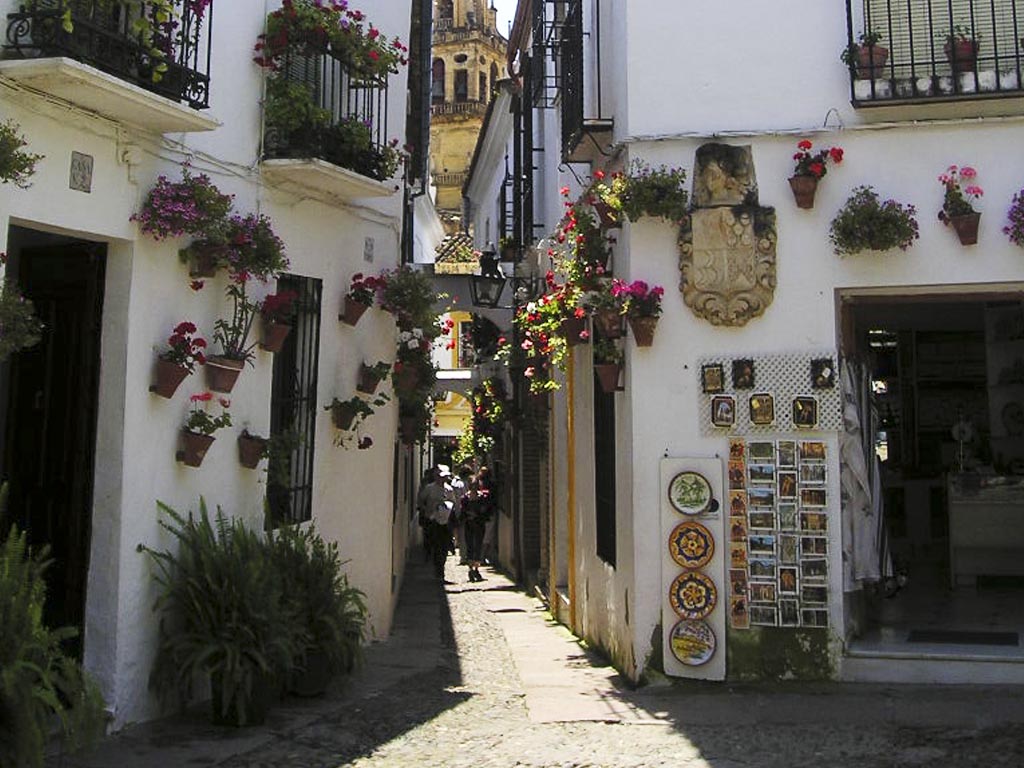

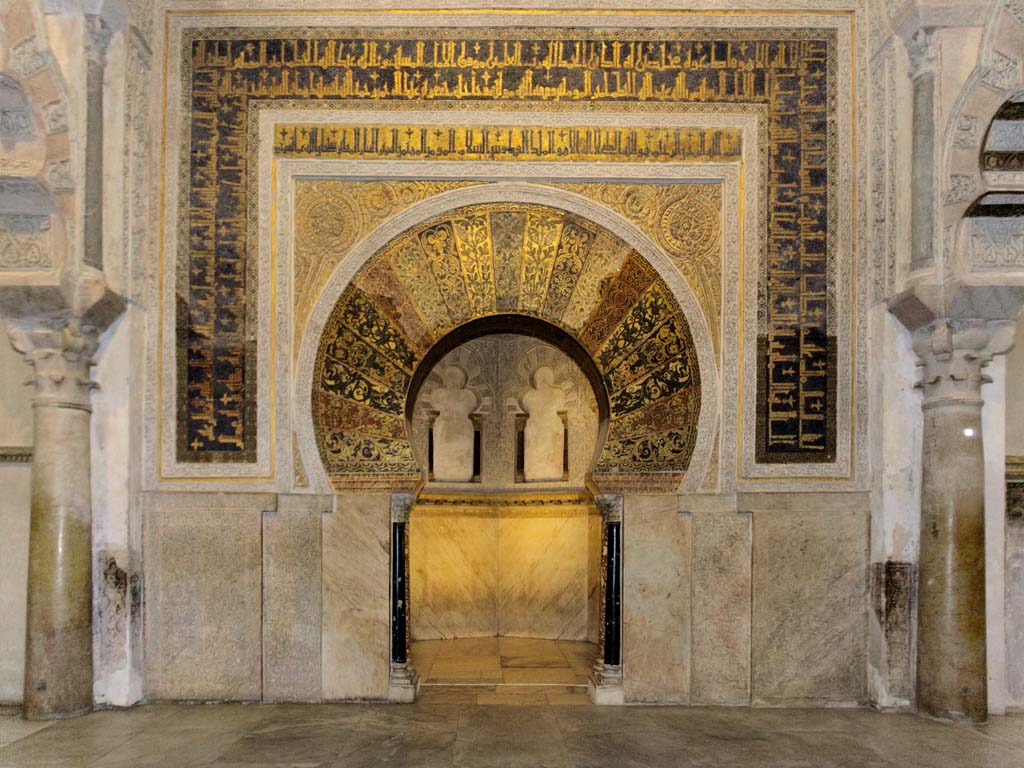
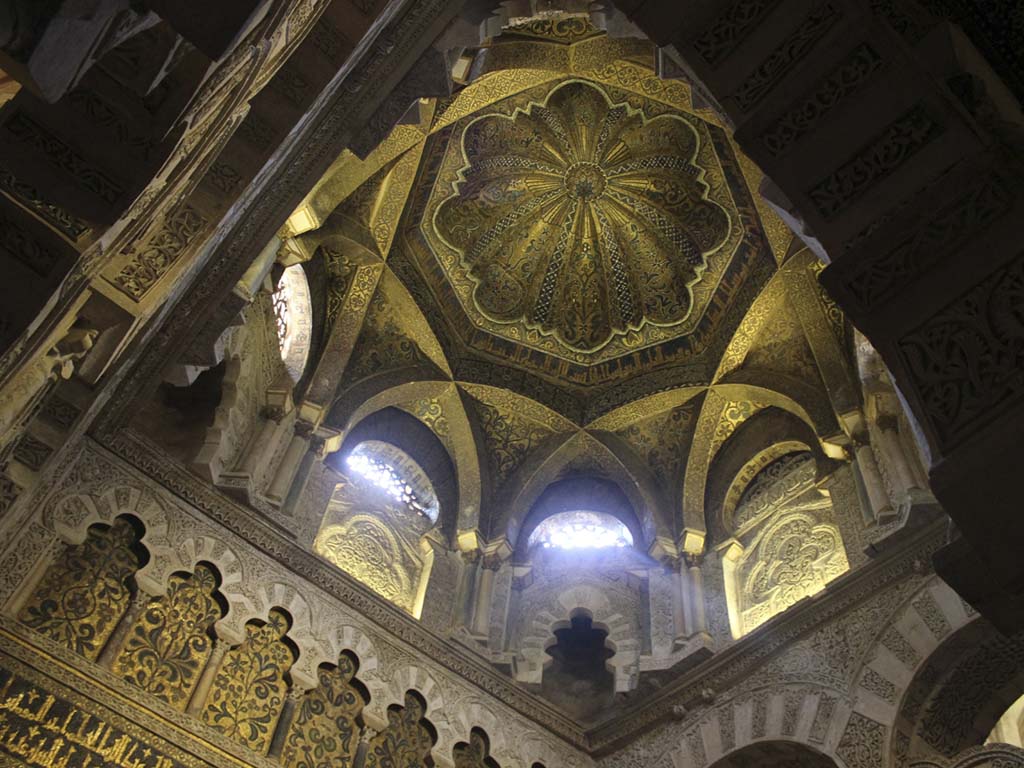

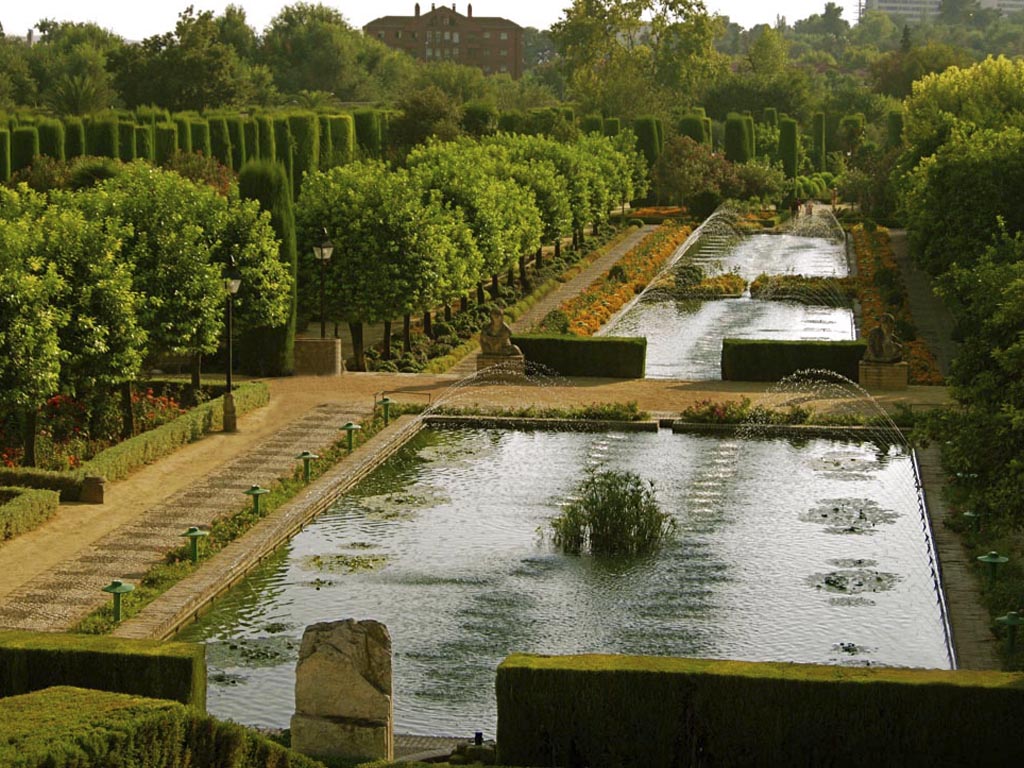
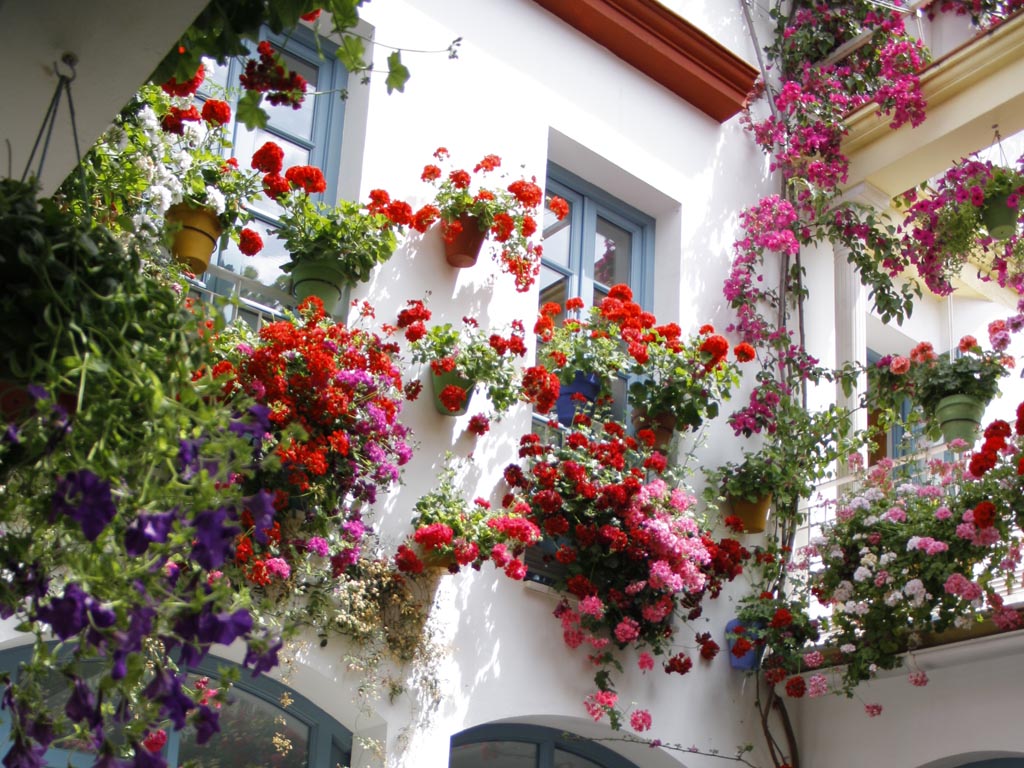

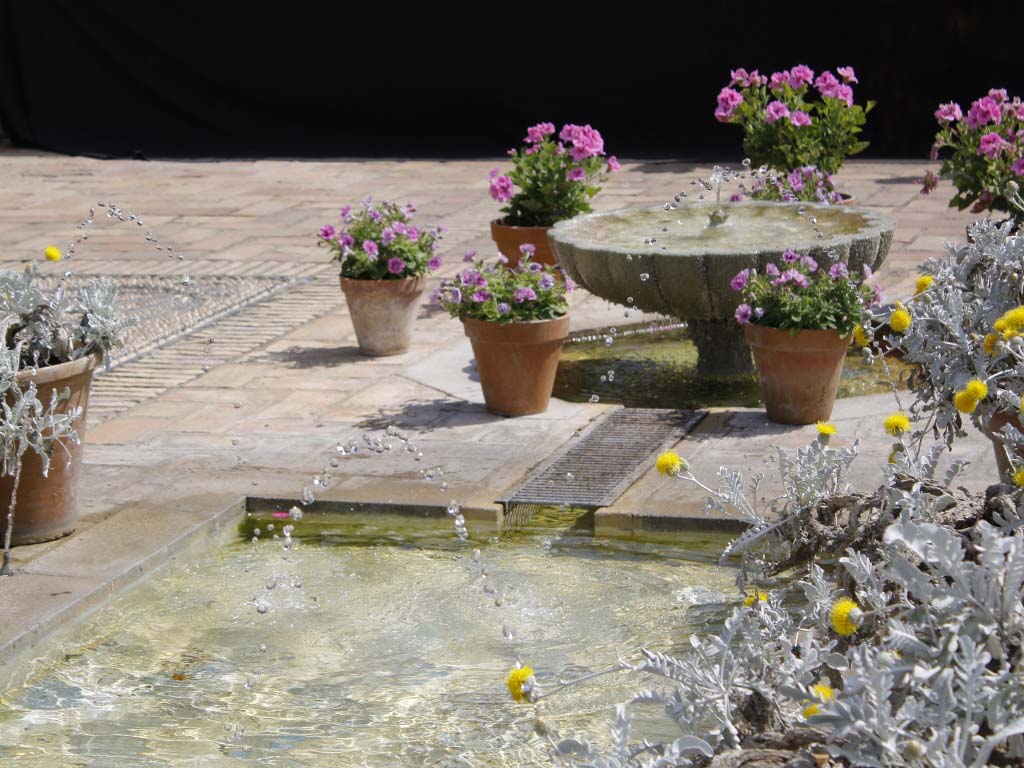
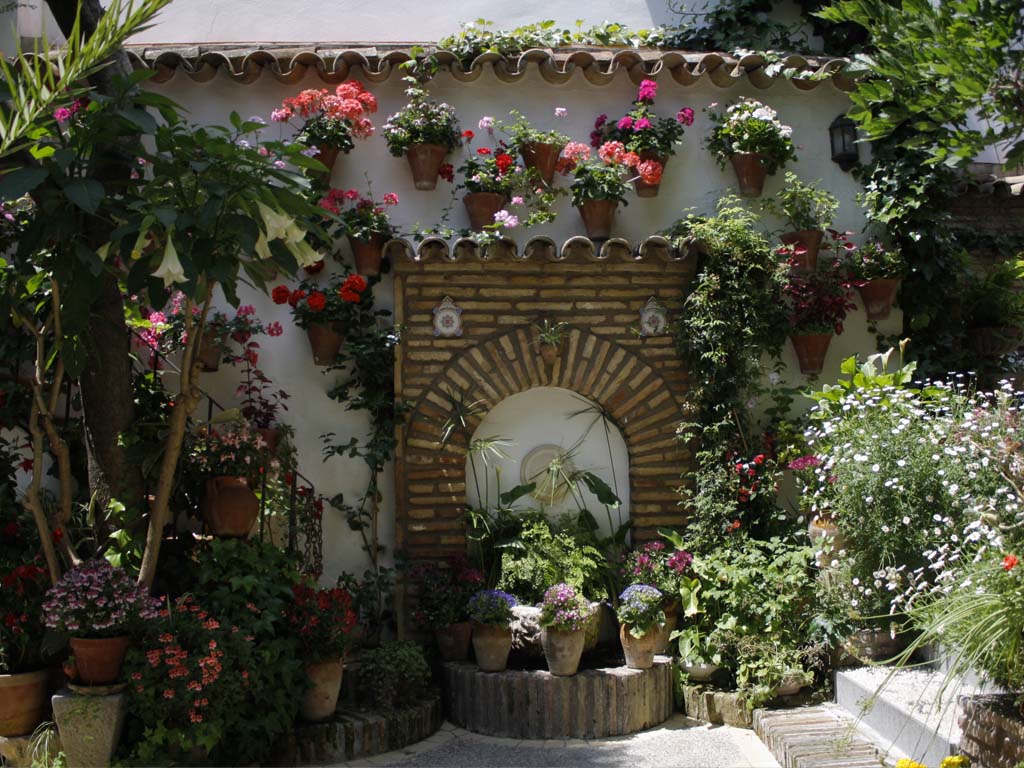




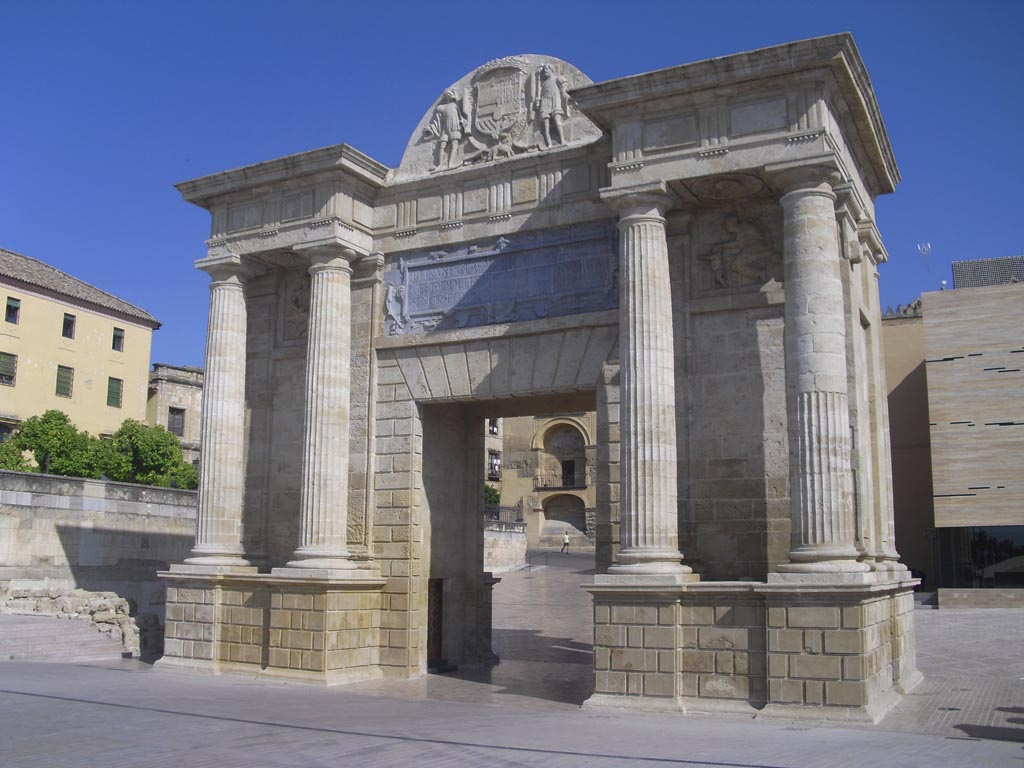
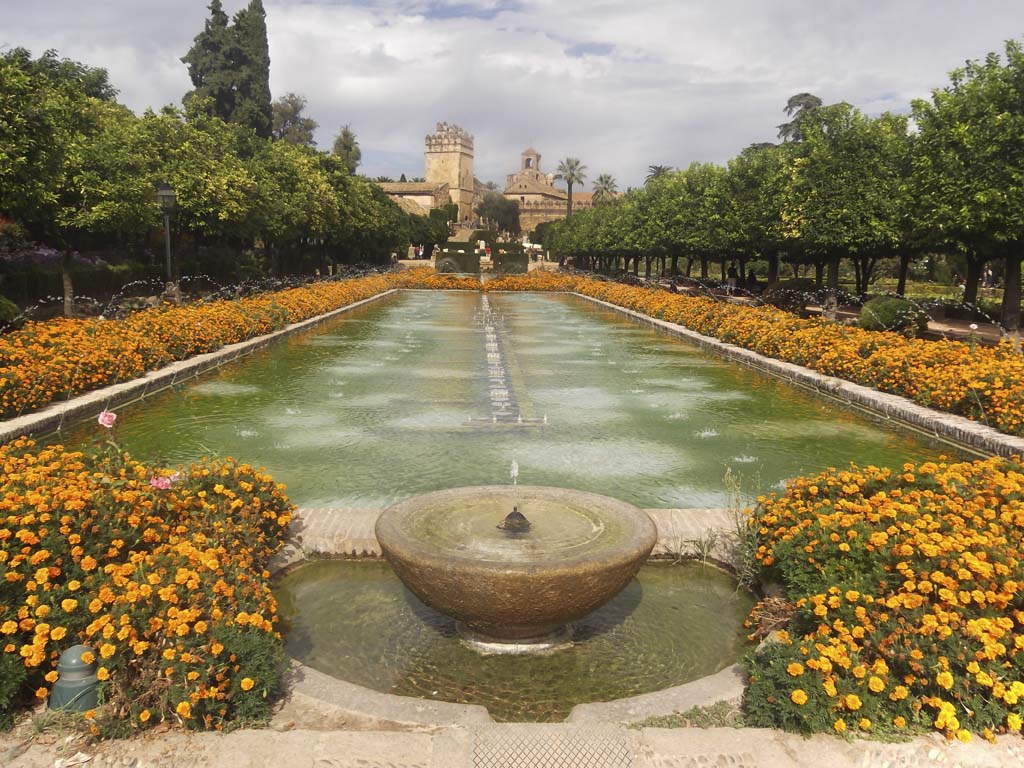
FAQs
The day trip has a duration of a full day, from the morning departure to the afternoon return, approximately 8 to 9 hours. Our schedules are completely flexible, and we can adapt the itinerary to your preferences and tastes.
The tour covers the Mosque-Cathedral, the Alcázar de los Reyes Cristianos (optional), the Jewish Quarter, and the famous Cordoban Patios.
Our local guides offer explanations in both Spanish and English to ensure that all participants enjoy an informative and immersive experience. Do you have a preference for a particular language? You can suggest it.
From pick-up, complimentary transfer, and tickets to the detailed monuments with guides, to the return to the previously agreed point.
Lunch is not included in the package, but we will provide free time for you to enjoy local cuisine in recommended restaurants. Also, if you wish, we can dine together to recommend the best local dishes and ensure you don’t miss anything.
The transfer is done in a comfortable private vehicle, and the departure and return are organized from the accommodation or the nearest accessible location. You can always propose a different meeting point, and we would coordinate between both parties.
Yes, the trip includes moments of free time, especially after lunch, so you can explore at your own pace and enjoy additional experiences.
It is recommended to wear comfortable clothing and shoes, sun protection, a water bottle, and, of course, your camera to capture special moments.
DAY TRIP TO CORDOBA FROM SEVILLE
Booking day trip to Cordoba from Seville
- Daily departures (reservation required) from Seville.
- Pick-up point: your hotel/hostel/apartment.
- Departure time: 9:00 am approximately.
- Approximate duration of the visit: 10 hours.
- * Horse show tickets and entrance to the winery included.
- * Special prices for children under 12 years old.
Check Price
Places to be
Location and maps
Mezquita, Medina Azahara, Puente romano, Templo romano, Alcázar de los Reyes Cristianos, Torre de la Calahorra, Sinagoga de Córdoba, Plaza de las Flores, Patios de Córdoba.
